
Losing your dog can be a terrifying experience. It’s even scarier to realize that your dog ran away on purpose. If your dog runs away repeatedly, it’s important to understand why and figure out how to stop it.
As with any behavior problem, our main goal is to figure out WTF: What’s The Function of this behavior? Why do dogs run away? If we can answer this question, we can figure out how to meet your dog’s needs without letting him fly the coop! Of course, we can’t quite ask your dog why he’s running away, but we can make some educated guesses based on his behavior and the behavioral patterns of his species.
This is the number one reason that most dogs escape. They’re left alone in the yard with nothing better to do, and it’s not that hard to get out. So they take themselves out on a little walk around the neighborhood.
If you’re not providing your dog with something to do, there’s a good chance he’ll come up with his own ideas. In many cases, this means he’ll take himself on an adventure!
Solve this by supervising your dog, giving him proper exercise, and mental enrichment to keep him busy.
Unaltered or intact males are particularly guilty of wandering the neighborhood looking for love. That said, neutering your dog or getting a female won’t necessarily prevent your dog from ever deciding to wander.
If your boy dog can smell a female nearby, especially if she’s in heat, he will put in a lot of effort to jump the fence and go meet her. Females, especially females in heat, may also escape to find a suitor. Neutering your male dog and spaying your female dog can help reduce this problem.
Many dogs readily jump fences or escape the yard to chase down a bunny, squirrel, or another potential prey item. While this is a bit more common in prey-driven breeds like Huskies, almost all dogs naturally enjoy chasing small fluffy animals.
Leaving your dog unattended to chase squirrels or bunnies will almost always result in a dog who enjoys this hobby more and more. Even if your dog doesn’t usually hop the fence to chase down a squirrel, sometimes the chase is just too fun to stop.
Supervising your dog, giving him something better to do, and improving your fencing can all help prevent your dog from escaping to chase other animals.
Even the most well-behaved dogs may try to escape if they’re scared enough. This problem is especially common during summer thunderstorms or fireworks. These loud booms can send even mild-mannered dogs into a panicked frenzy. In a desperate attempt to escape the terrifying sounds, dogs may leap through windows, bust through screen doors, or even scale high fences.
Securing your dog during thunderstorms and fireworks will help keep your pup safe. Keep your dog inside and do your best to soothe her fears about loud noises with calming treats, white noise, and ThunderShirts.
The main strategy for keeping your dog from running away is relatively straightforward: make it harder to escape. Don’t leave your dog outdoors unattended. If you don’t have a fence, build one. If you do have a fence, make it higher or add coyote rollers. These slippery rollers help keep your dog from hopping your fence and are very useful!
Avoid using underground or invisible fences, as these still leave your dog vulnerable to dog-nappers and don’t stop motivated dogs from escaping. Both underground fences and electronic collars have the potential to burn your dog and are even linked with increased aggression around property lines.
However, it’s also important to treat the underlying issue. Sure, a secure fence and supervision will help. But if your dog is truly bored, scared, or motivated to escape, he might still find a way out. Even if you can prevent your dog from escaping with good fencing, your dog might still be bored or scared!
Once the fence is secure and you have an idea of why your dog is trying to run away, it’s important to treat the root of the problem:
If your dog is continuing to roam, it might be time to get help from a trainer. A trainer will help you come up with a training plan that keeps your dog safe and avoids another visit to the pound to pick up your escapee! Trainers are especially helpful if your dog’s escape is motivated by prey drive or fear.

Exploring the Different Types of Pet-Friendly Beaches
Are you looking for pet-friendly beaches? Learn about the different types of pet-friendly beaches, their locations, and tips for visiting them with your pet.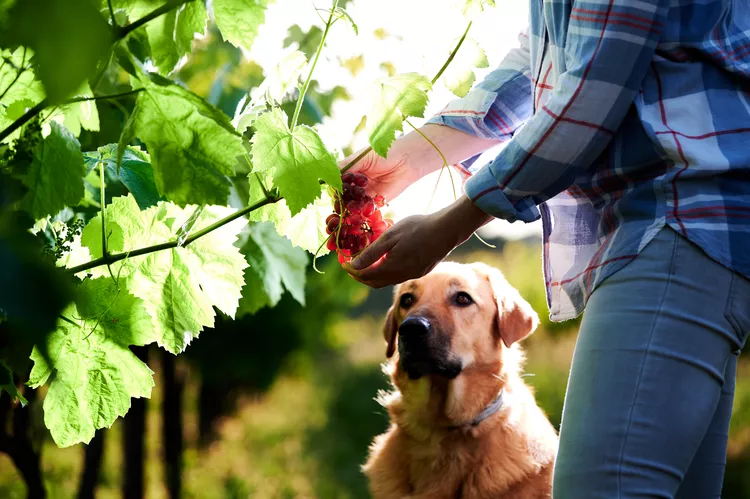
Exploring Pet-Friendly Wineries: Types, Locations, and More
Discover the different types of pet-friendly wineries, where to find them, and what to expect when you visit. Learn more with The Spruce Pets.
Why Is My Dog’s Eye Swollen?
If your dog's eye is swollen, she may need veterinary attention. The inflammation could be caused by allergies, an injury, or even a tumor.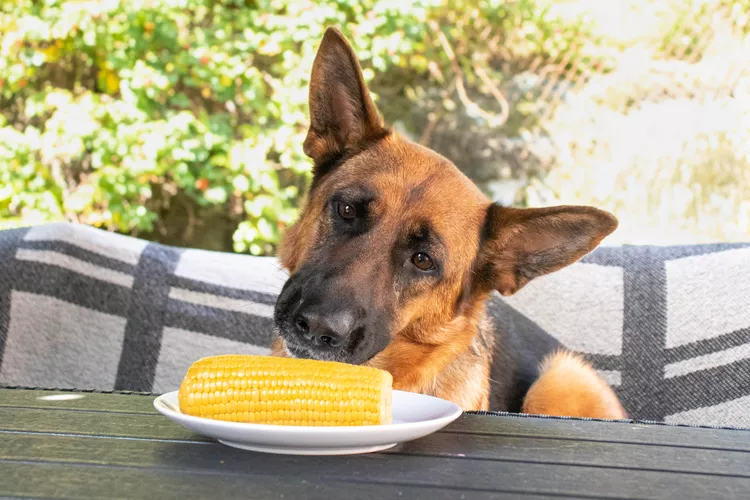
Can Dogs Eat Corn on the Cob?
Dogs love chewing on corn cobs, but this can cause serious harm. Learn about the dangers of corn cobs and find out what to do if your dog eats one.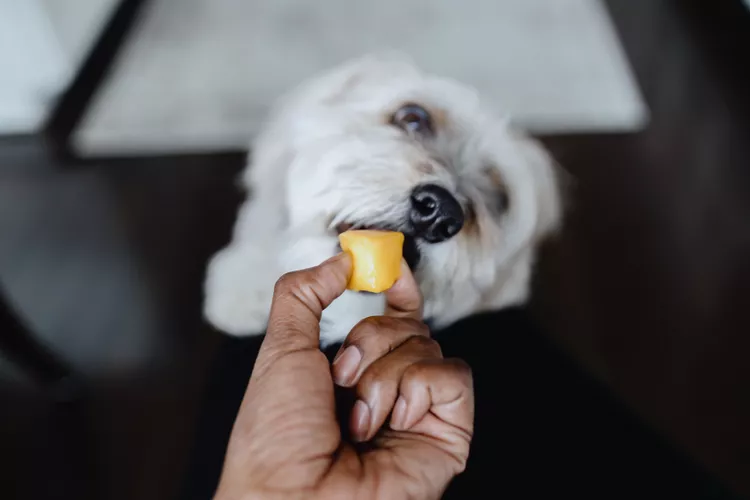
Can Dogs Eat Papaya? What to Know About Sharing This Tropical Fruit With Your Pup
Papaya is safe for dogs in moderation, and it can even provide some nutritional value for them. However, too much can cause digestive upset, and it's not suitable to share with dogs with certain health conditions.
65 Irish Cat Names
Irish cat names can pay homage to historical places, local cuisine, famous Irish actors and musicians, or other wonderful aspects of the Emerald Isle.
Feline Hyperesthesia Syndrome (FHS) in Cats
Rippling skin is more than dermal sensitivity in cats. It can be a sign of Feline Hyperesthesia Syndrome. Learn the causes, treatment, and prevention.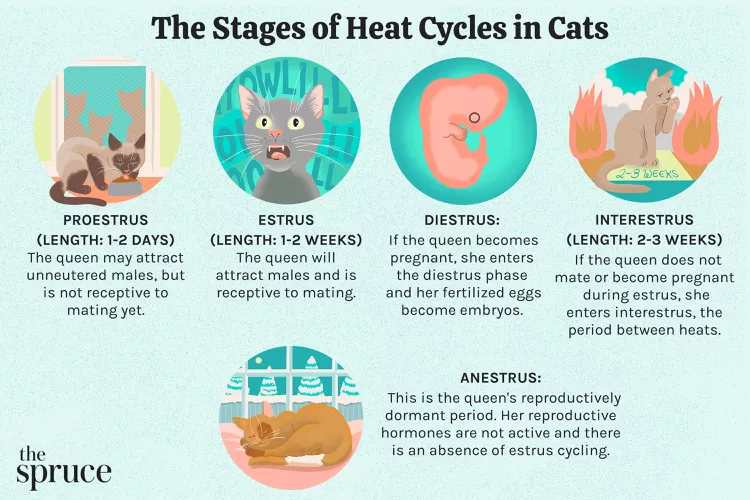
How Long Are Cats in Heat?
How long are cats in heat? Learn about the heat cycles of cats, also called estrus, as well as the reasons you should spay your cat.
Can Dogs Eat Raw Chicken Feet?
What are the potential health benefits of chicken feet for dogs? What are the risks?
Is Eucalyptus Safe for Cats?
Many products containing eucalyptus are not safe for cats, and it is important to be aware of the risks to your cat.
What You Need to Know About Homemade Cat Food
If you want to cook for your cat, make sure to read about the risks associated with homemade diets for cats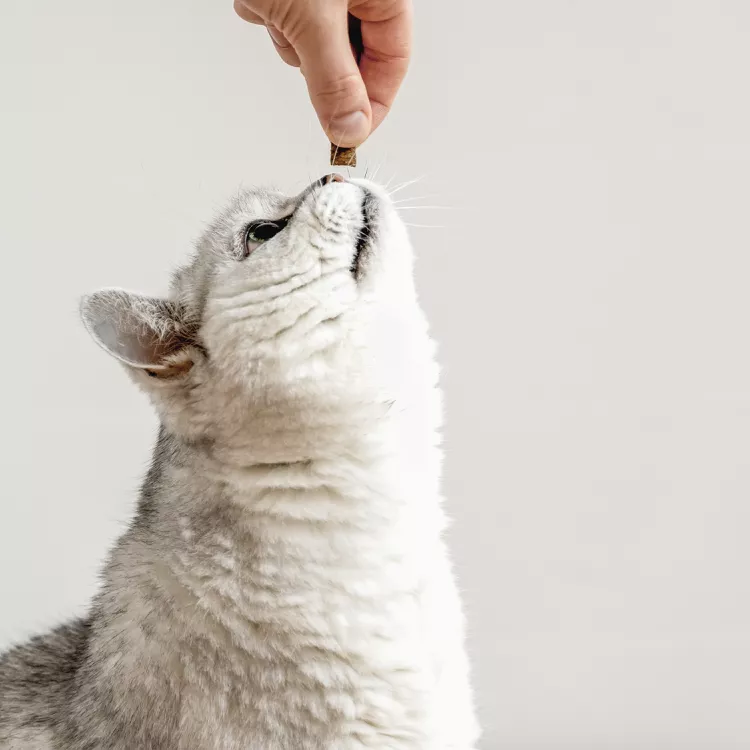
Can Cats Eat Peanut Butter?
Peanut butter is not toxic to cats, but it might not be the best choice of treat for them.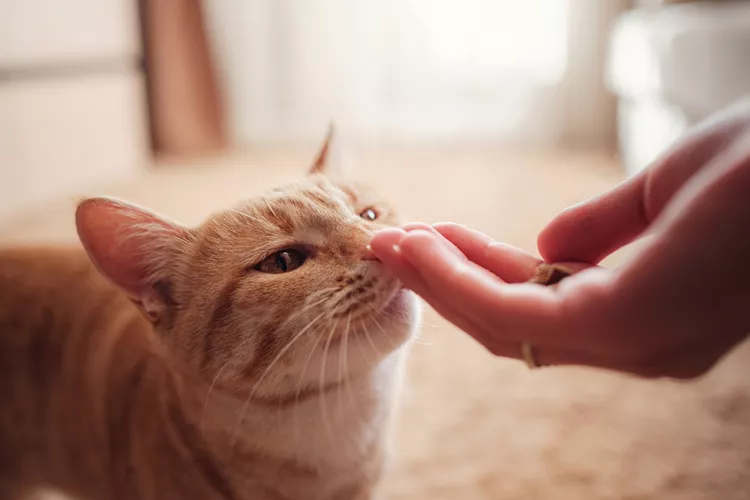
Can Cats Eat Cheese?
Can cats eat cheese? Is it healthy for them? How much can they eat and what should you do if you fear your cat has eaten too much cheese?
8 Flat-Faced Cats with the Cutest Smooshed Faces
These flat-faced cat breeds have a distinct and adorable appearance. Learn about their origins and traits, and the potential health risks tied to their unique facial structures.
Pictures and Facts About Bengal Cats and Kittens
Bengal cats are a cross between wild cats and domestic cats. Learn more about what they look like and pictures of this beautiful spotted breed.
Top 10 Big House Cats
Larger cat breeds, like Maine coons and savannahs, deserve just as much love as their petite counterparts. These big house cats tip the scales.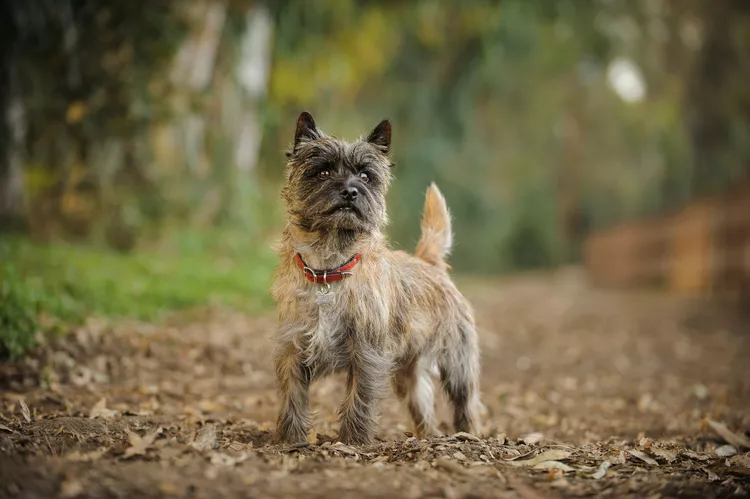
Cairn Terrier: Dog Breed Characteristics & Care
The cairn terrier is a spunky, affectionate, and intelligent dog from Scotland. The breed became famous when one played Toto in The Wizard of Oz. Learn about the temperament, history, health, and care needs of the cairn terrier dog breed.
Reasons Why Dogs Grind Their Teeth
Some dogs grind their teeth. Learn why dogs grind their teeth and if it can be harmful. Find out what to do about teeth grinding in dogs.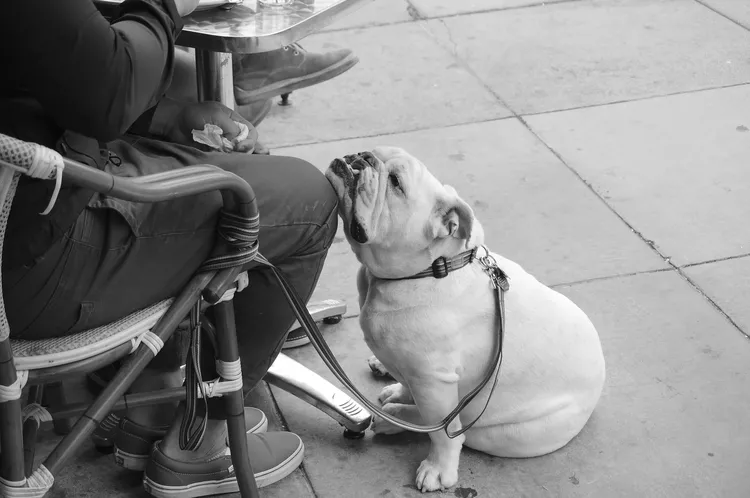
This Is Why Some Dogs Lean on People
Certain dogs really love leaning on their humans. What does this mean? Find out why dogs lean on people and if this is ever a problem.
Can Dogs Get Depression? How to Help Your Sad Dog
Can dogs get depression? Learn about the signs of depression in dogs and find out how to help your sad dog.